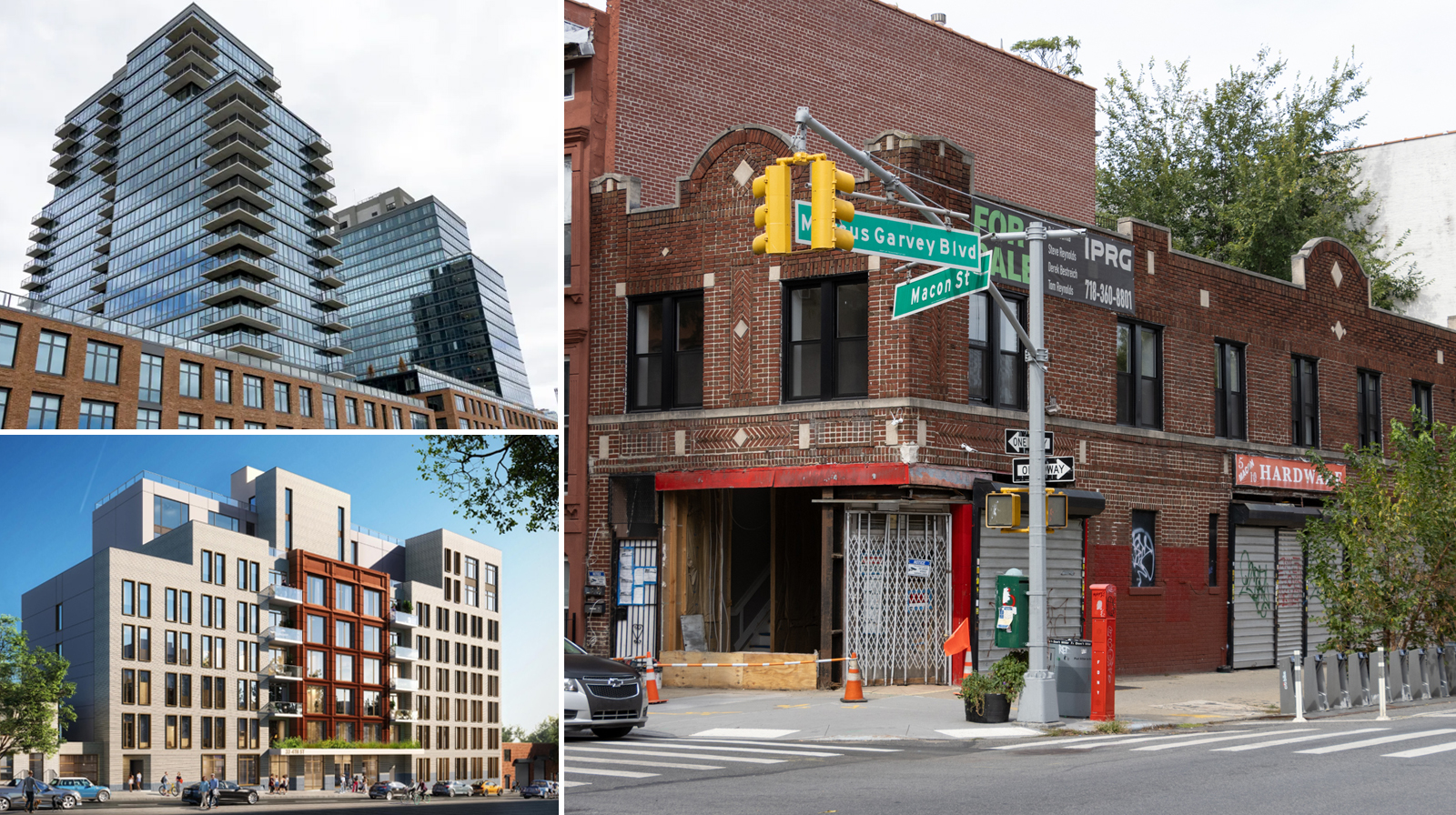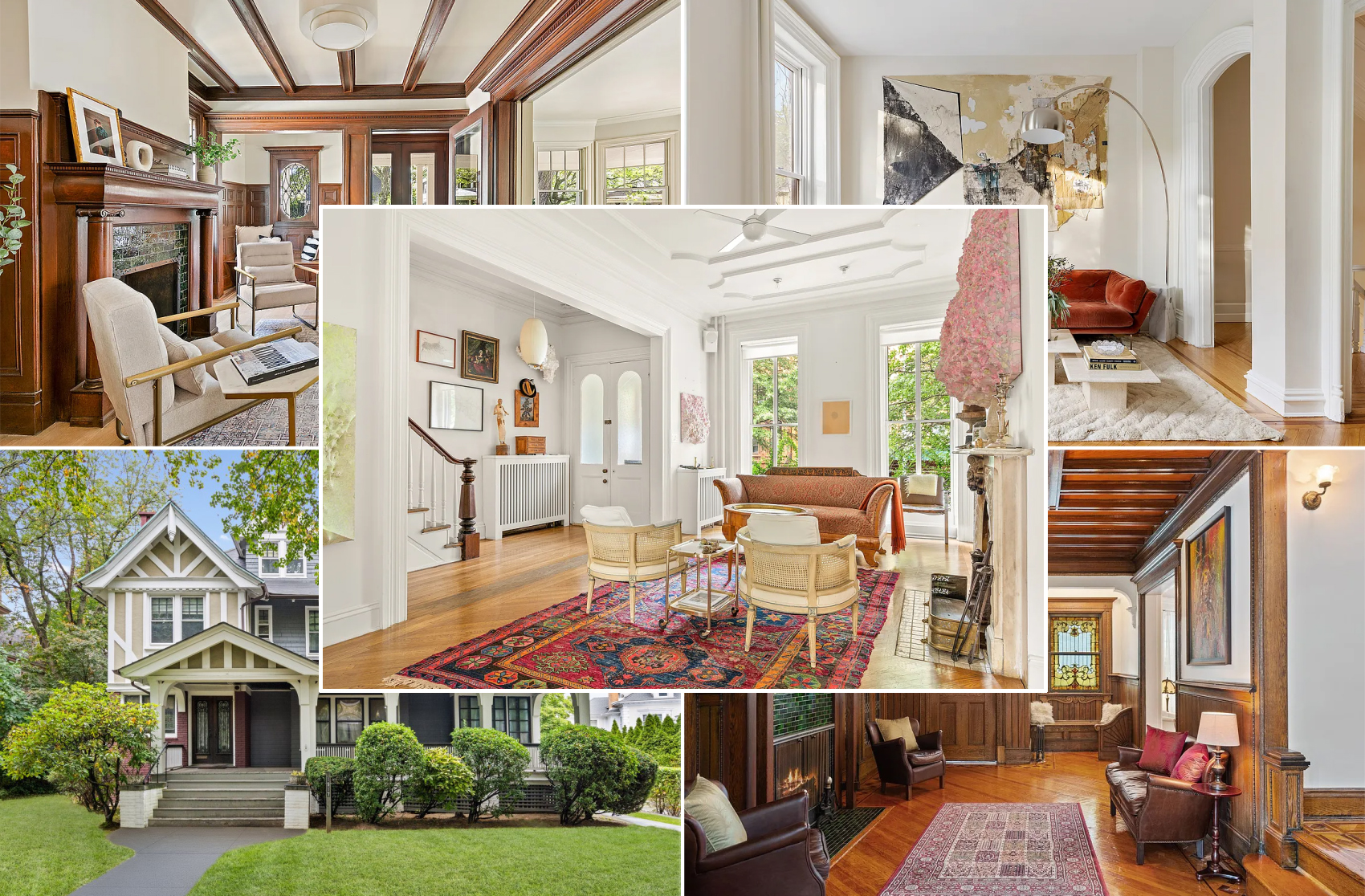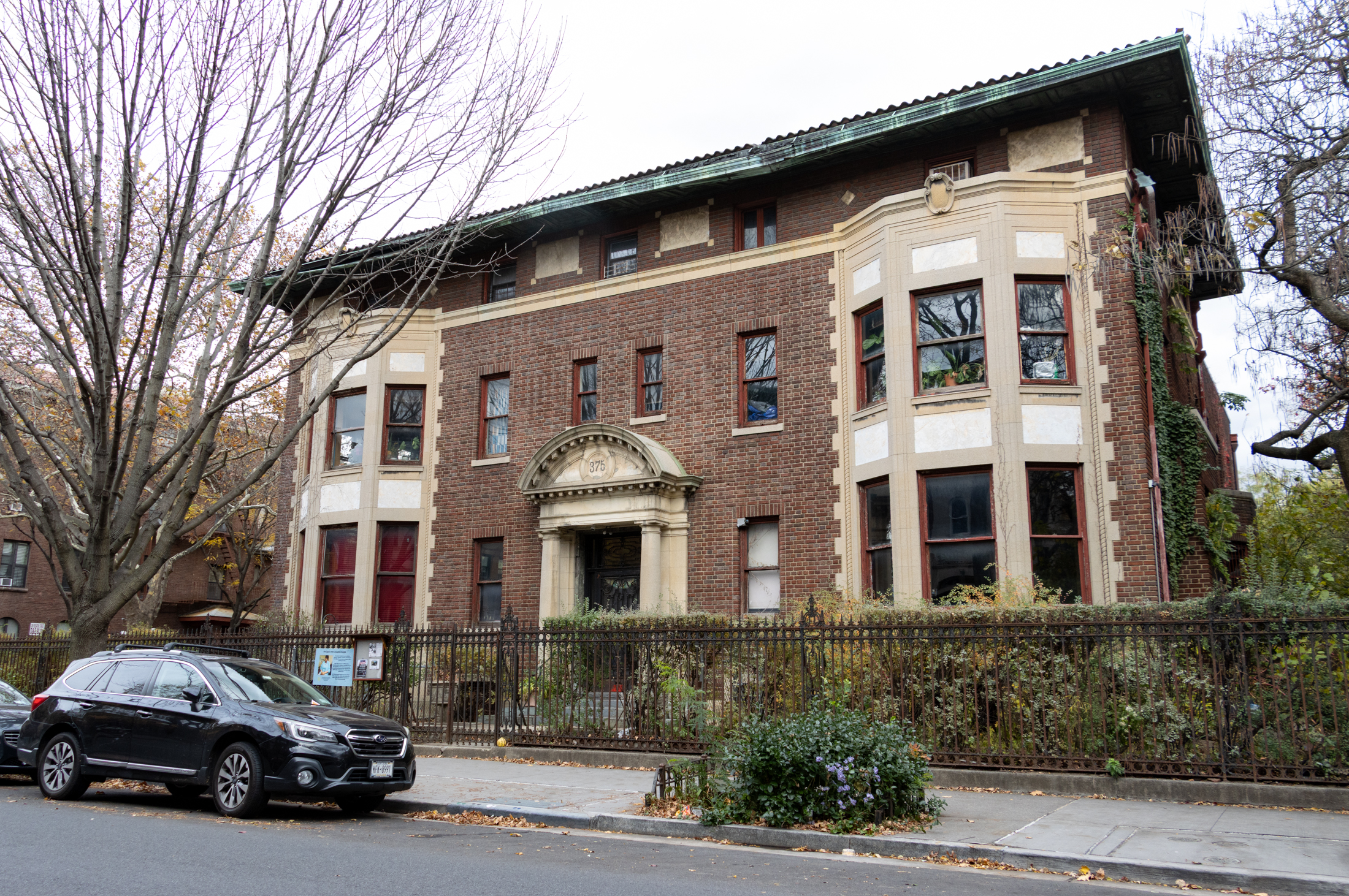Affordable Housing: Promises vs. Reality
The Gotham Gazette published an interesting article this week examining Mayor Bloomberg’s track record in affordable housing. A keystone to the Mayor’s housing plan is inclusionary zoning—granting benefits, such as a 33 percent higher floor to area ratio, to developers who include permanent affordable housing in their plans. Critics say that the plan hasn’t delivered…


The Gotham Gazette published an interesting article this week examining Mayor Bloomberg’s track record in affordable housing. A keystone to the Mayor’s housing plan is inclusionary zoning—granting benefits, such as a 33 percent higher floor to area ratio, to developers who include permanent affordable housing in their plans. Critics say that the plan hasn’t delivered nearly as much affordable housing as promised and supporters say that the plan can work, given enough time. In Greenpoint-Williamsburg, for example, the program has created 768 affordable rentals since 2005, and the goal is 2,200 over the course of a decade. Also, in 2005, the city promised over 6,000 units from already approved projects, but since then only 2,716 have come into existence, mostly in Manhattan, and this figure includes renovations of existing affordable apartments, not just new units. Also, between 2005 and 2008, the city lost 20,000 rent-stabalized apartments to market-rate developments, which tips the mayor’s affordable housing balance into the red. Alternative solutions proposed include mandatory as opposed to optional inclusionary housing, and a new focus on preservation and regulation of existing housing, as opposed to new construction. “The priorities that Bloomberg has put on development of new construction as a solution to affordable housing has been the wrong emphasis,” Mario Mazzoni, the lead organizer at the Metropolitan Council on Housing, told the Gazette. “You cannot build yourself out of the affordable housing crisis in New York City.”
Affordable Housing Not Included [Gotham Gazette]
Affordable housing map, showing completed vs. closed inclusionary housing projects, from The Gotham Gazette





Joe- I agree, the city should make the neighborhood itself better- the reality it, it doesn’t do that. In a perfect world, yes. In the real world, we’re getting an intake center forced down our throats but the UES is getting a new train line.
I have my own theory on this (which may or may not be wedded to reality). The city perceives it is cheaper to put some affordable housing in a wealthier neighborhood which has infrastructure and amenities and cachet, than to put the money into poorer neighborhoods which need more to bring them up. So they are putting their support into the areas that don’t need so much, with the idea that this will sustain them longer and better, while kinda sorta letting the more needy areas fall by the wayside. THe extra plus is that they can then pay lip service to affordable housing, but not do it in any meaningful way overall.
Joe- my request that people leave the city was not meant literally. I was using shorthand to say, please leave your suburban values/attitudes about restrictive communities out there where they belong. The city thrives on a different set of values (indeed suburban values evolved in reaction to city values), values which I appreciate and embrace. Montrose has made this point eloquently. The city belongs to all people, but I would hope that they embrace the ethos of the city rather than tear it down. One of the great things about NY specifically is that there has always been an influx of new people from around the world, who bring new ideas/cultures/etc.
As far as your Yonkers example goes, I don’t see how you could not have intended the “hue” you mention. You would not have made the statement if you didn’t believe it. Also, I find it amusing that you read my comment as a statement that I think I should choose who can live in NYC, when you are the one espousing the view that those who cannot afford high rents should move someplace else. A bit of transference, no?
orestes that’s not a bad argument, and I will not take offence at your request that I leave your city. I found it hypocritical. You wouldn’t tell someone to go back to Russia. Or the plantation.
We are all guilty of making each others’ arguments sound more extreme to fatten them up for the kill.
As an aside, I once complained about snotty people in Colorado who were mean to newcomers, and prided themselves on the number of years they had lived there. My father suggested responding with the suggestion that they step aside for a while, as they had had their turn.
I regret my use of Yonkers as an alternative for people priced out of brownstone brooklyn, because it is outside of the city, and it put a hue on my argument that I did not intend. I should have used Flatbush, which is affordable, close, and well serviced by public transportation.
Question for you: are the immigrants as worthy of the city as you, who were born here? Because there are mobs of them in the Bronx.
Is it asking for too much just to have homeowners to pay taxes on their rent and not hide it like they do now? Can the city stop trying to ridicule renters by only makes renters deduct 8000 dollars a year for living expenses? Let the city show me somewhere to live for 8000 dollars a year anytime! Poor homeowners they are not going to get their 300. dollar tax rebate this year. Boh Hoo! Give that money to renters!
Benson- I do not claim any moral superiority and was directing my suburbia comment generally, not at any specific poster. I meant no personal offense. Clearly, I do not know the life story of the people who post here. However, from my experience, the people who espouse the view “tough luck, if you can’t afford it, you’ll have to go elsewhere (Yonkers, etc.)” tend to be people who are used to only living among their socio-economic class and this occurs most frequently in the suburbs. Having lived in the city my entire life, I am accustomed to neighborhoods being more variegated for the most part. Yes, there have always been areas which are exclussively for the wealthy, but for the most part neighborhoods tend to blend into one another with middle and working class living in neighborhoods with the wealthy (perhaps in separate pockets, but alongside). I adopt the Jacobs model of urban design and reject the notion that money should solely determine where one lives. I think vibrant, varied communities serve the most social good.
Joe- my reference to squalor was a rhetorical device. However, if people adopt the view that poor people should be shunted out of the city or to its most remote corners, this is tantamount to saying that you get what you can pay for. Some can only afford squalor; ergo squalor it is. I don’t accept this view. I think it’s better social policy to ensure that poor/working/middle class (in real terms) people have space in every community (hell, they collectively make up the vast majority of the population). Just as the wealthy demand better/more services, the middle classes are equally entitled to affordable housing throughout the city. If they had better political representation, they would have it.
hey bxgirl, i need benson on my team.
let me clear up the point you questioned. while I’m against handouts for those who aren’t truly disabled, the least offensive kind of affordable housing (to me) is new, large, cost-efficient, affordable-only construction, done in a place that can stand the impact, including the aesthetic impact. downtown brooklyn is not a bad place; park slope is a bad place.
here’s my arg, again (1:00). property has a price. tax dollars are going to have to be spent to convert market housing (or buildable space) to affordable. This drains the supply of market rate units, and renters/buyers have to compete for them, raising their price. Then, once people are in their affordable housing, they have incentive not to move — say, for a better job opportunity in Harlem. There is a cost to that too, both personal and societal. Instead, the city should spend the money to make the neighborhood better, free the supply to the market to keep the price down, and free people to follow their opportunities. spend the tax money on real improvements like better schools.
See what I mean? price controls never work.
MM – But isnt it a balance – I mean history shows us that people are most productive and innovative when working for their self-interest (or provincial self-interests like family), so its a situation where you want to harness that effort and productivity to help the public good as yu suggest, without destroying the incentives that are most powerful.
Or to answer Bxgrls question – one of the reasons why forcing private developers to build non-govt subsidized housing will cause market rates to go higher is because virtually no one is going to renovate, build or operate a building at a loss (or break even), so the forgone profit on the “affordable component, will be passed on to the market rate housing and/or their will be less construction of both (since it is more expensive) and this shortage will also cause market rates to increase more than they otherwise would
benson- joe seems to handling the discussion quite well. Certainly better than you.
Bxgrl;
Tell it to Joe. He seemed to get the same “message”, per his 1.19 PM post.
Have fun!